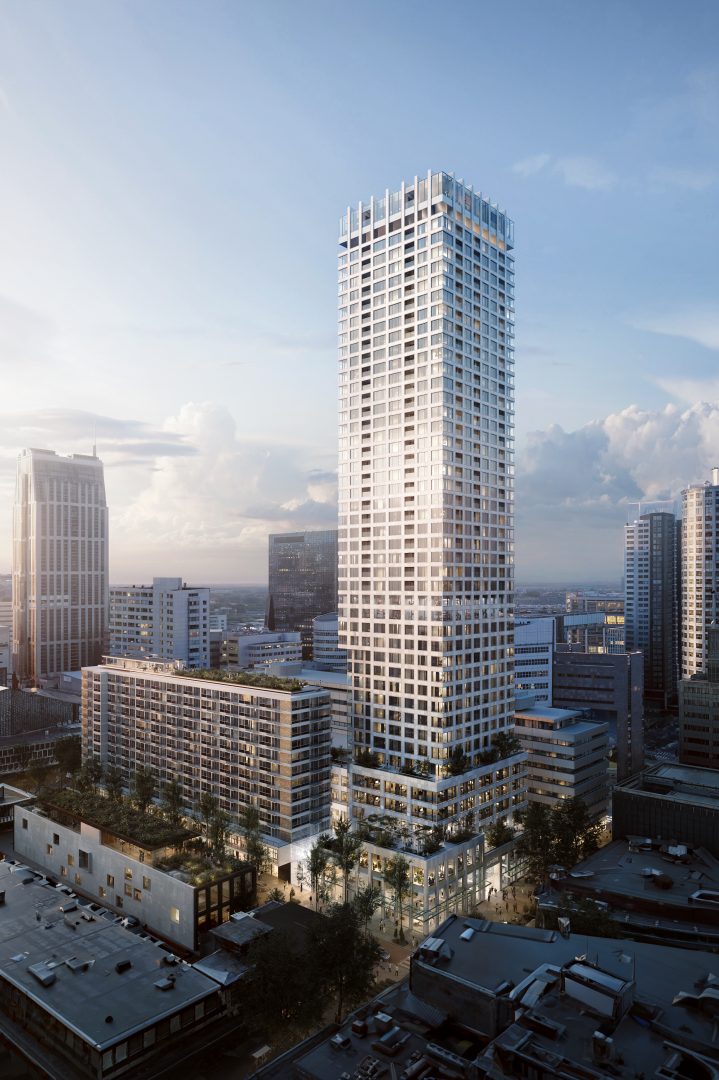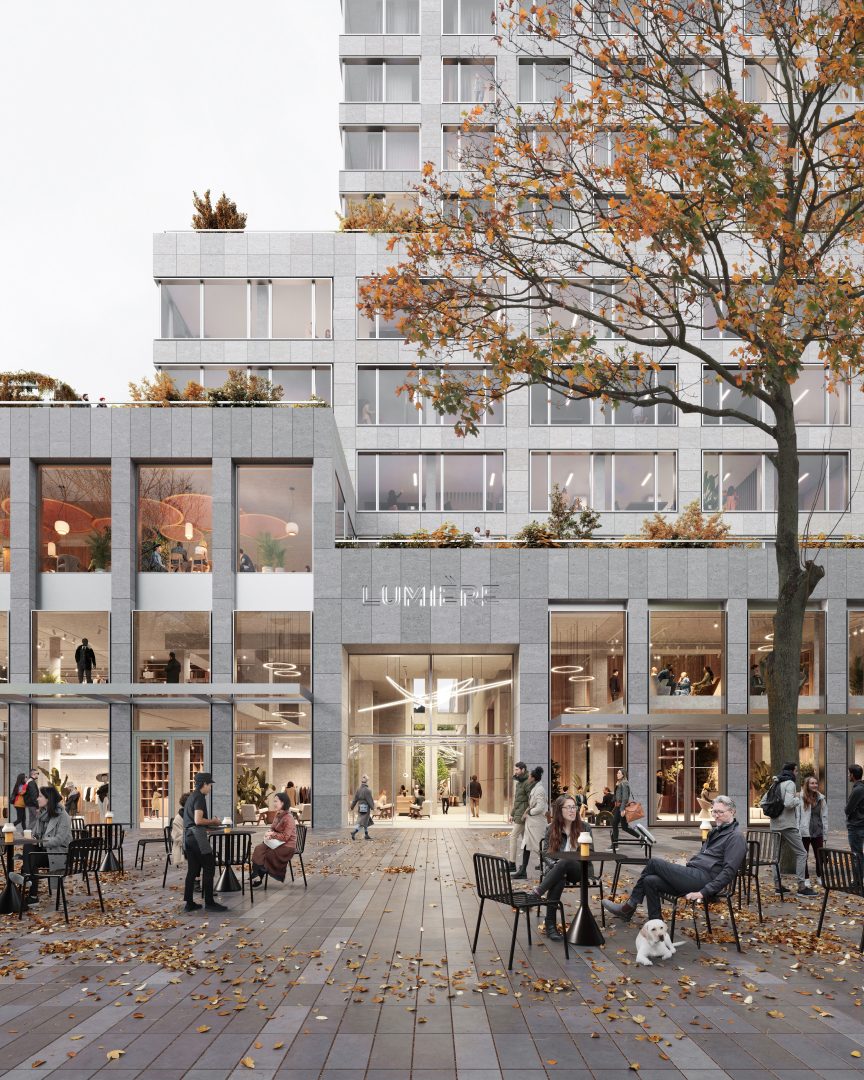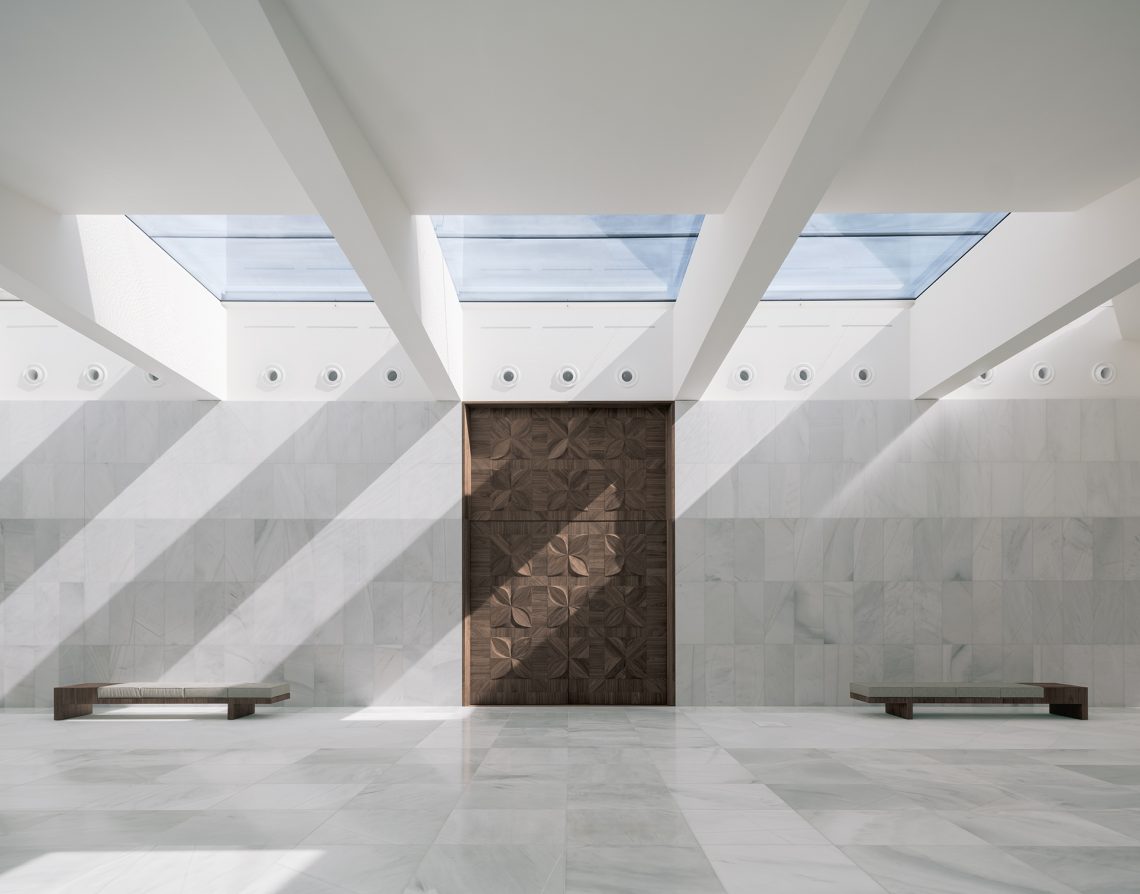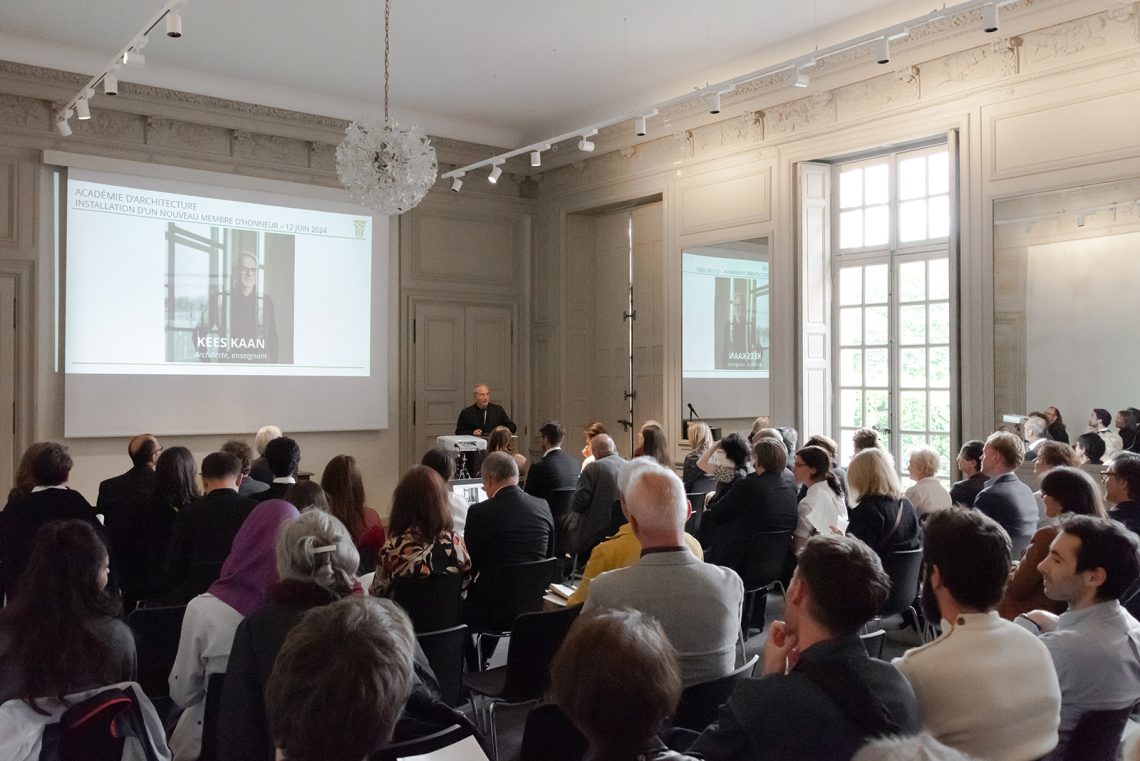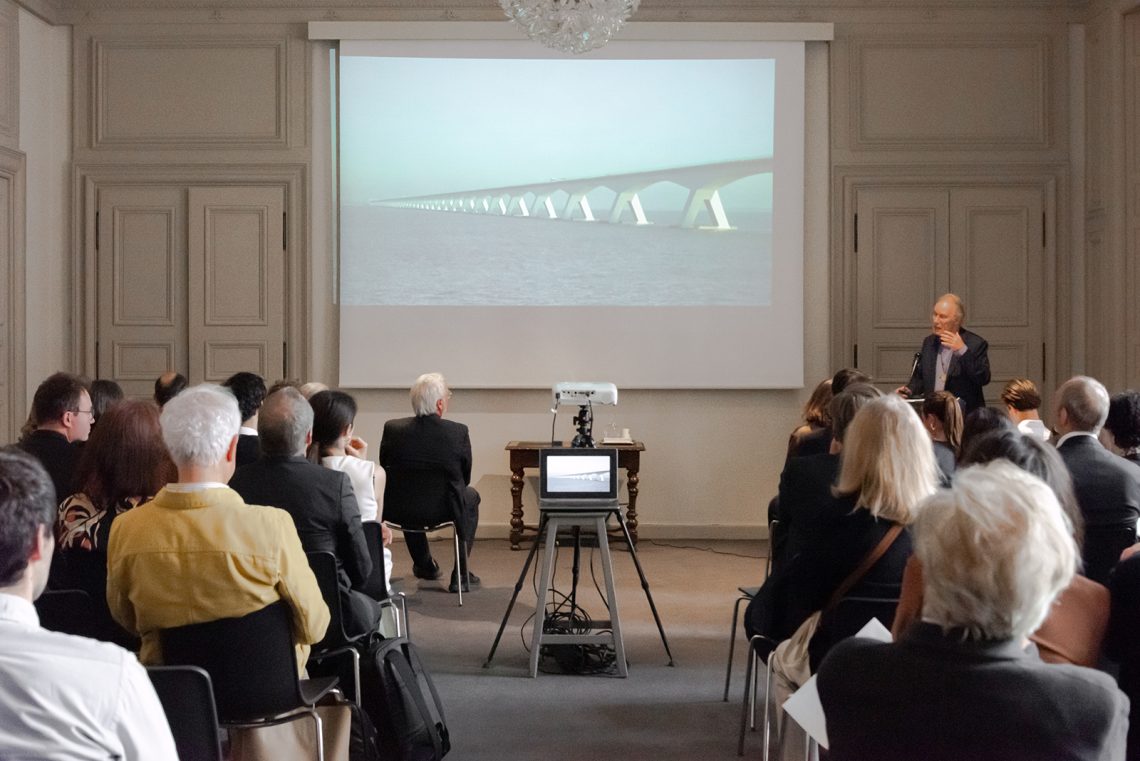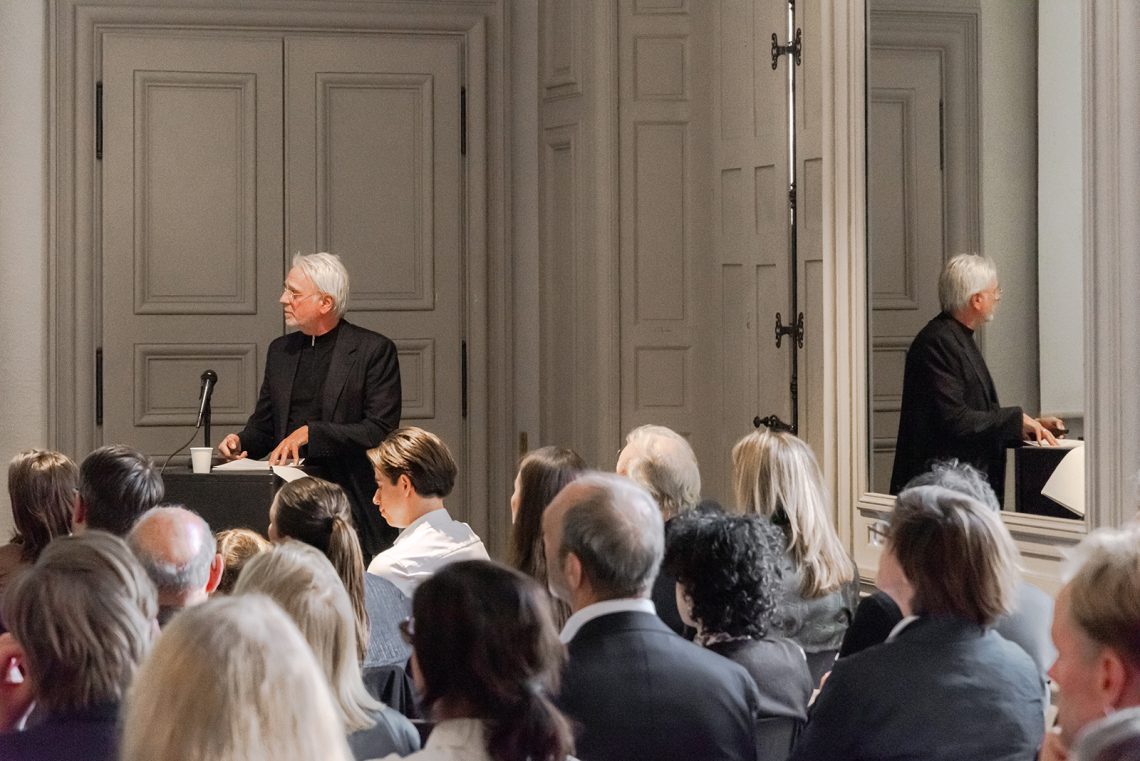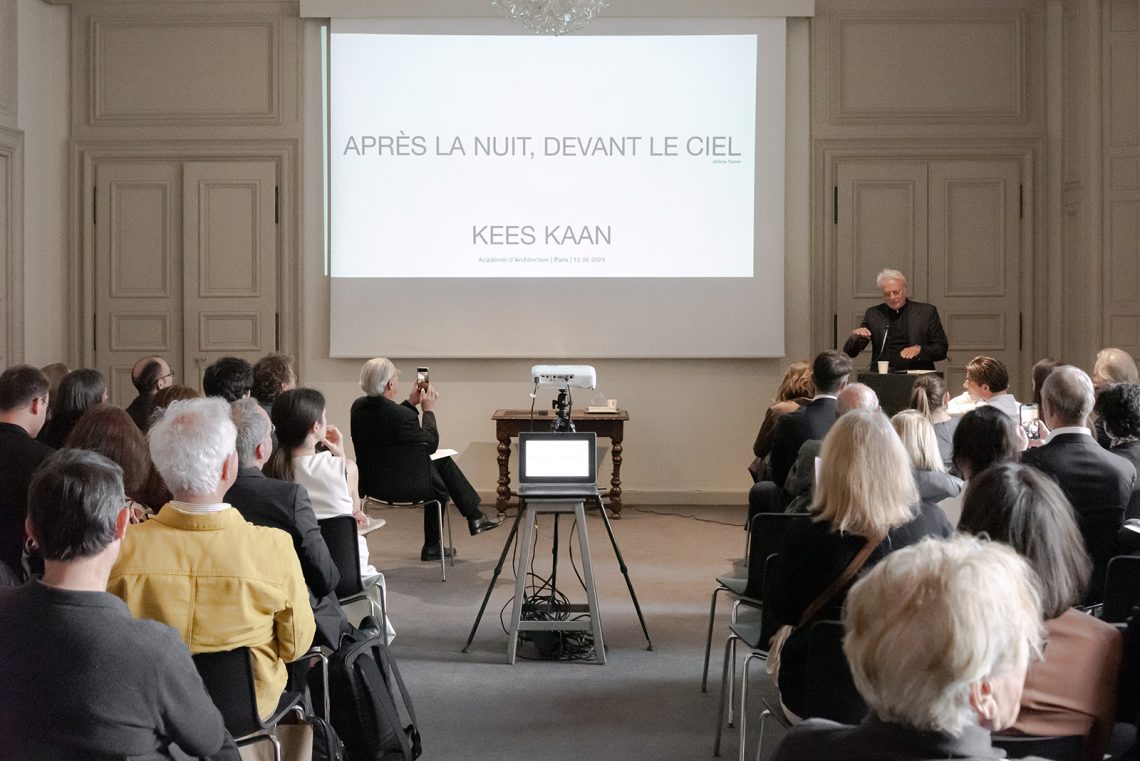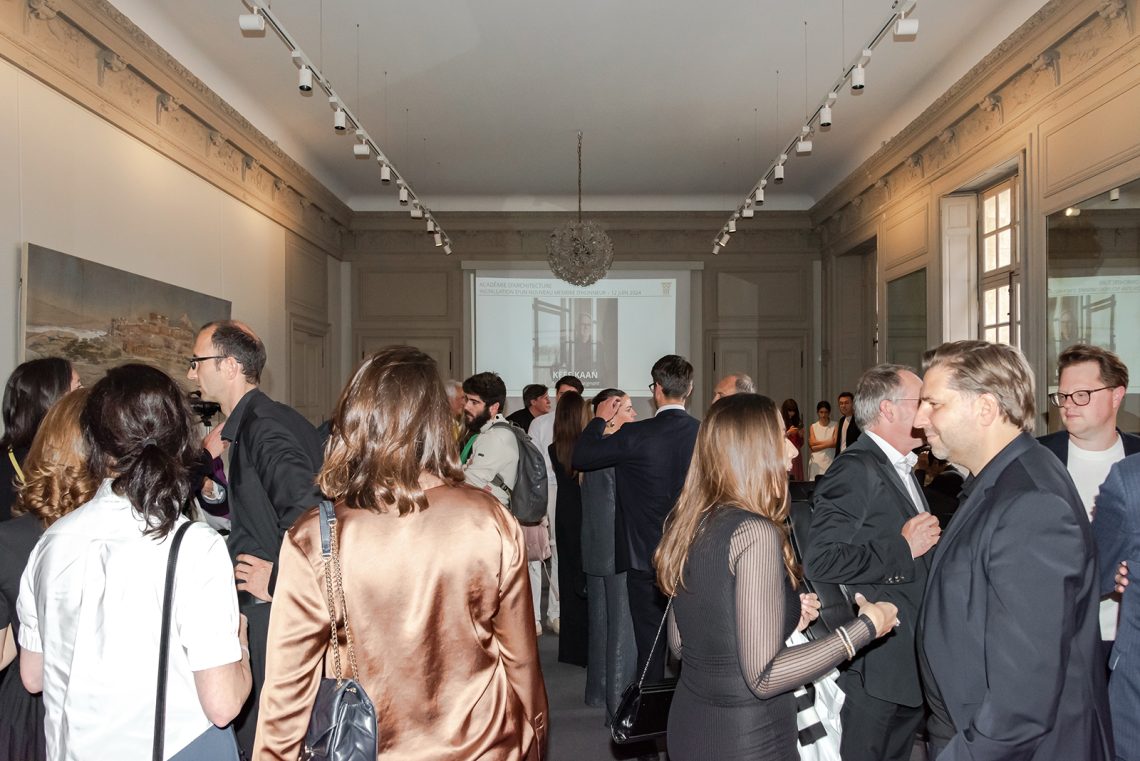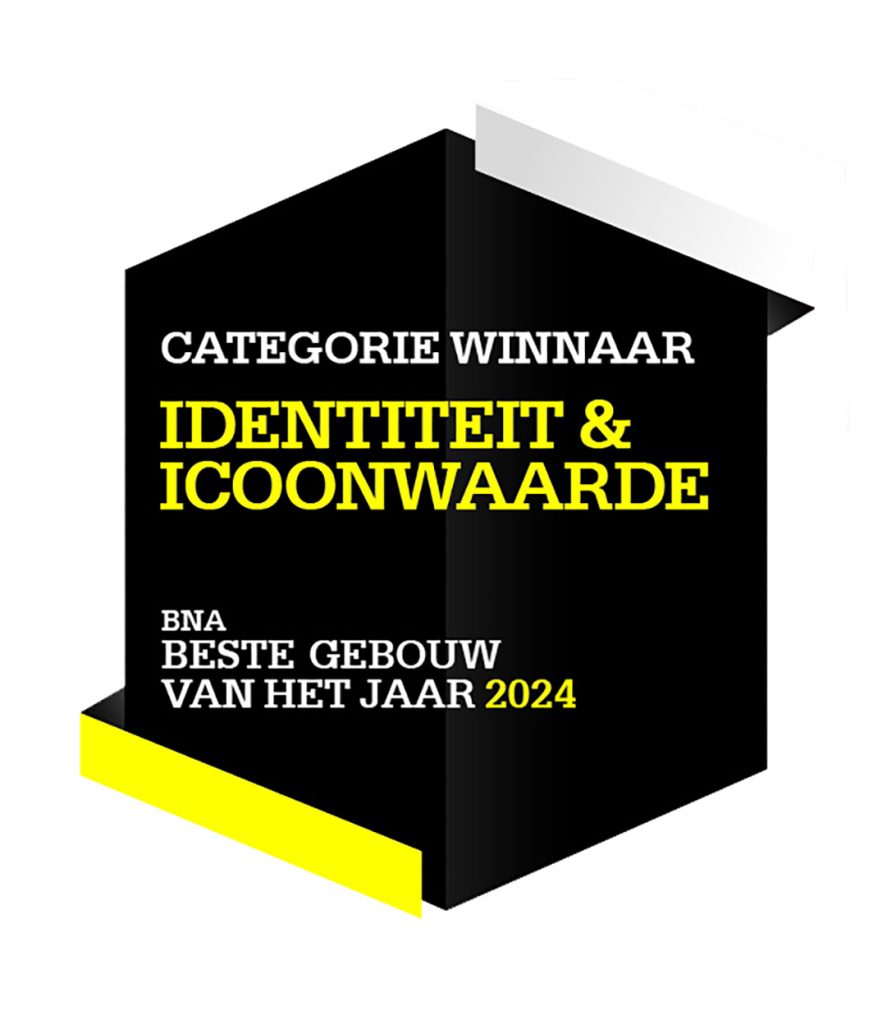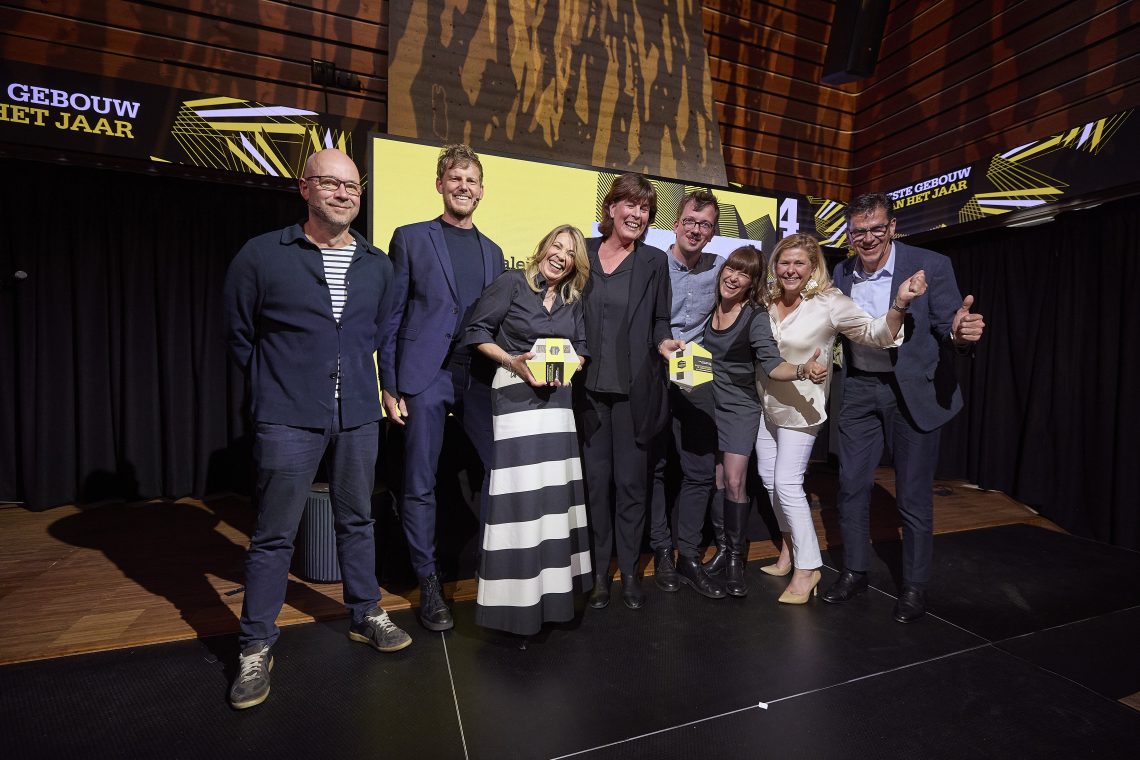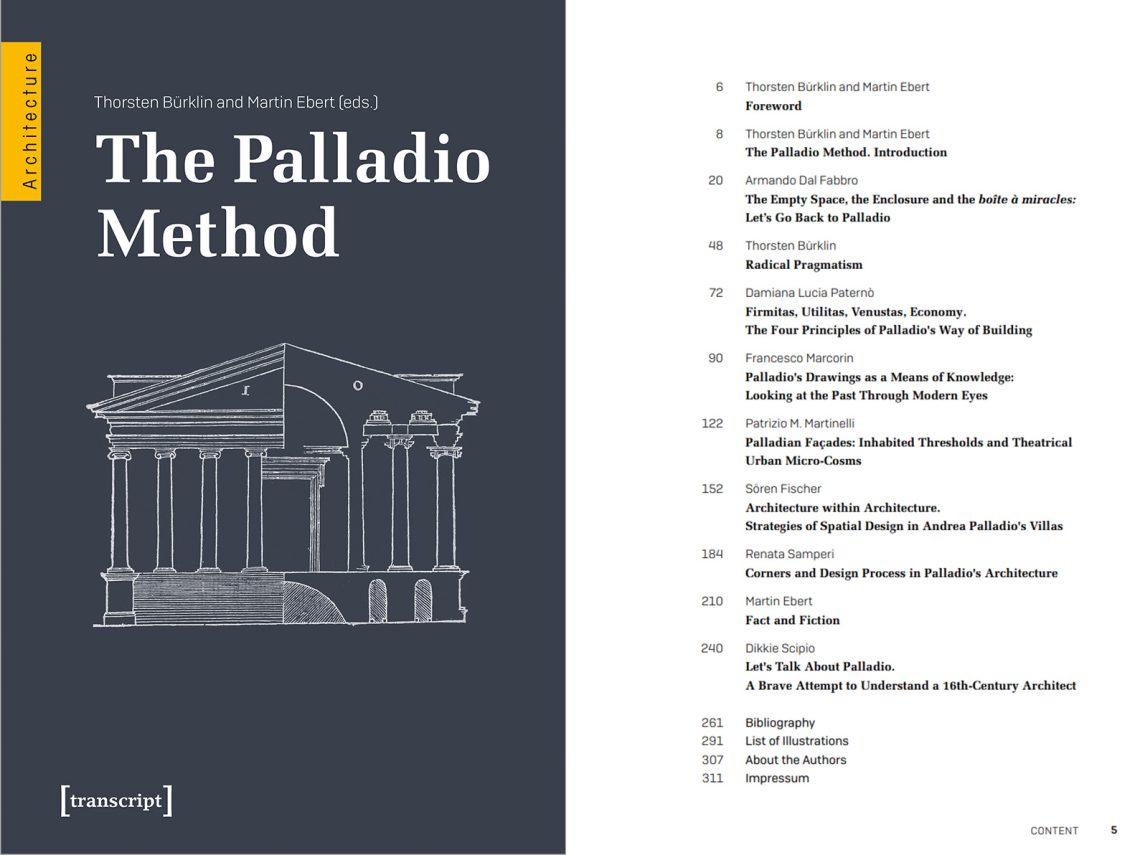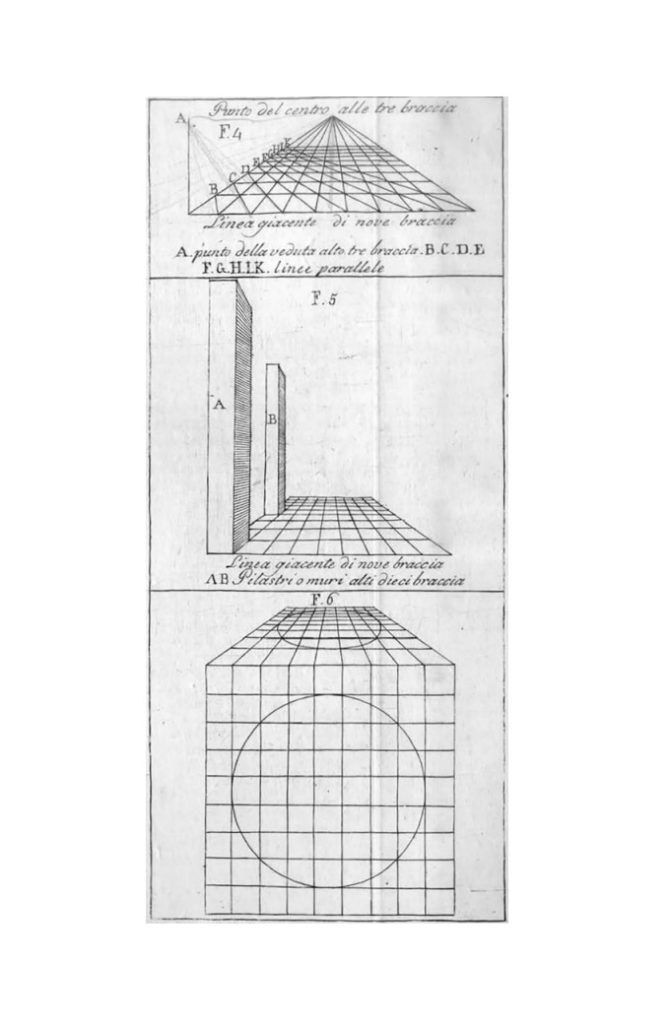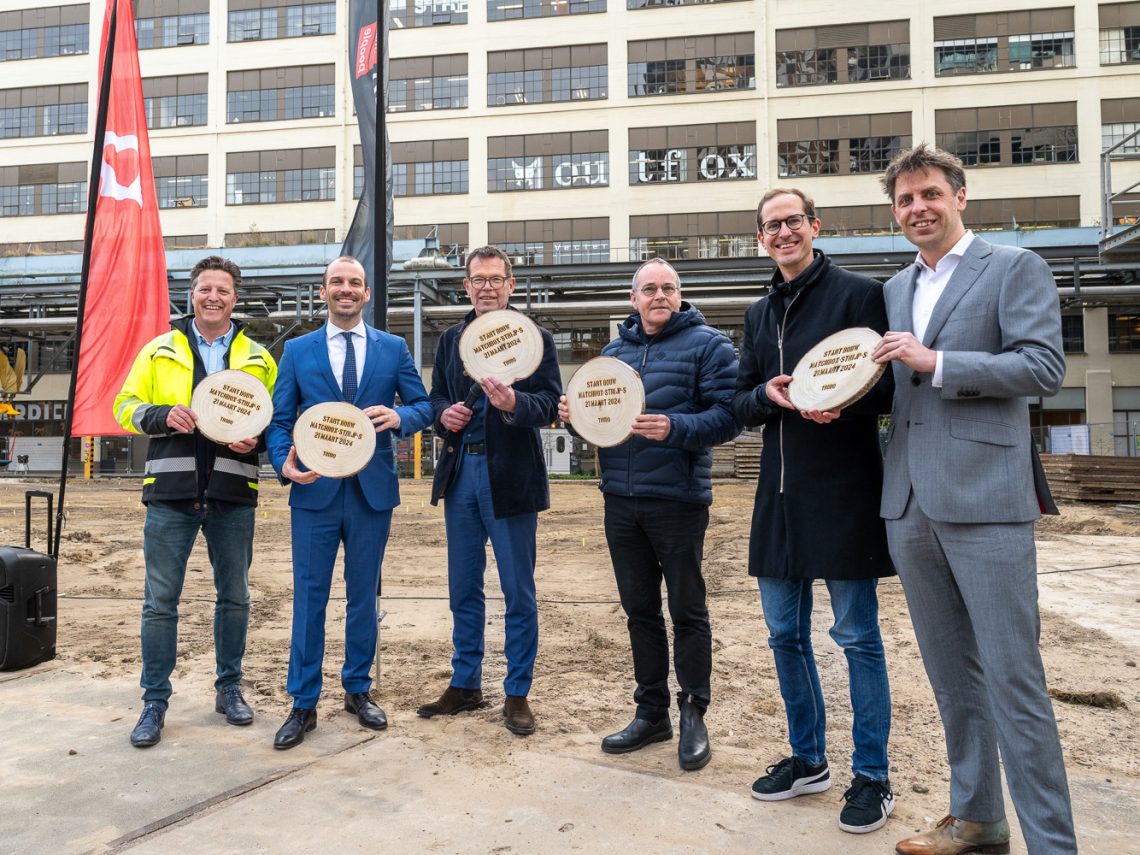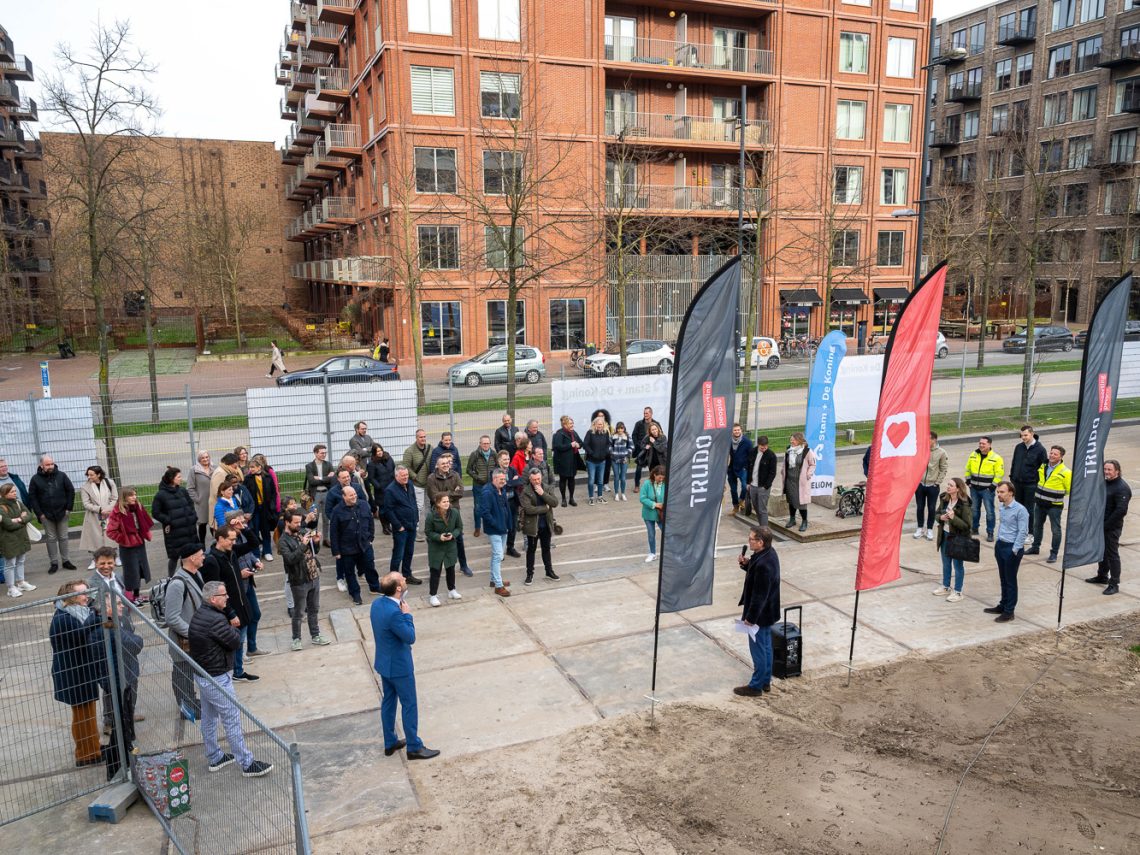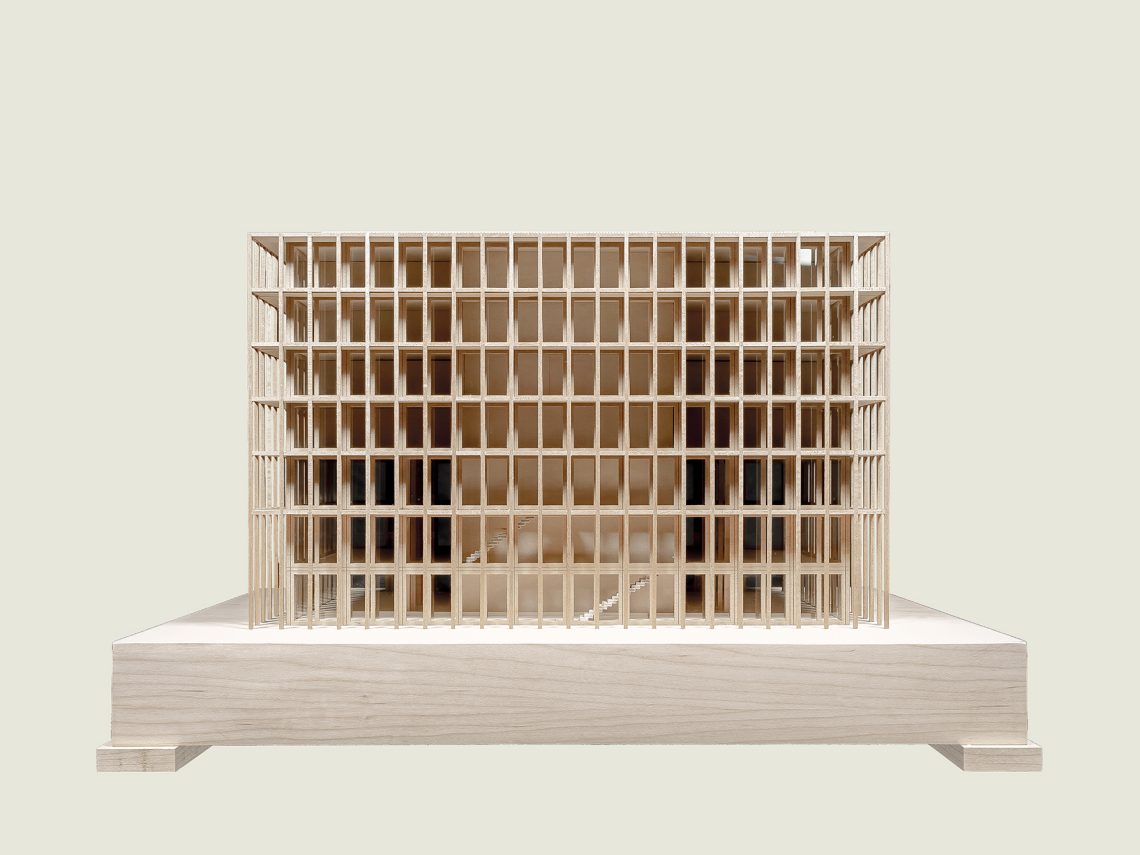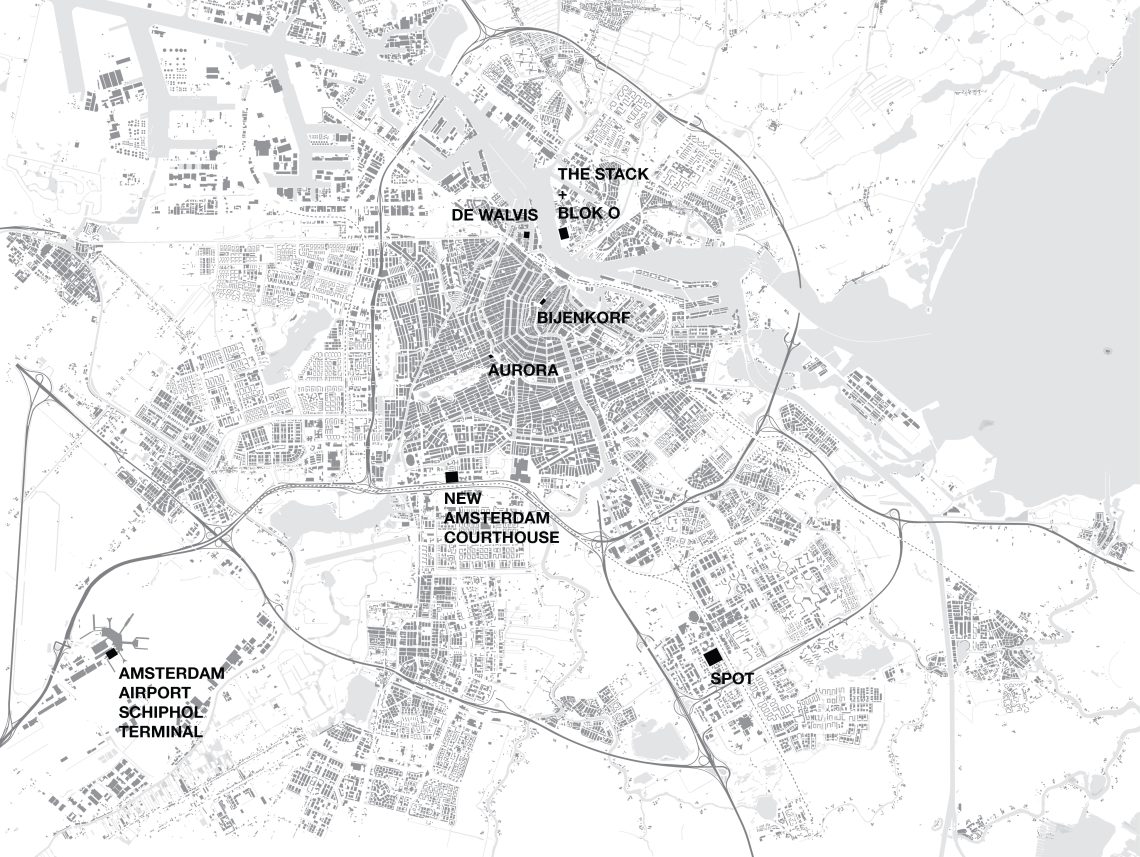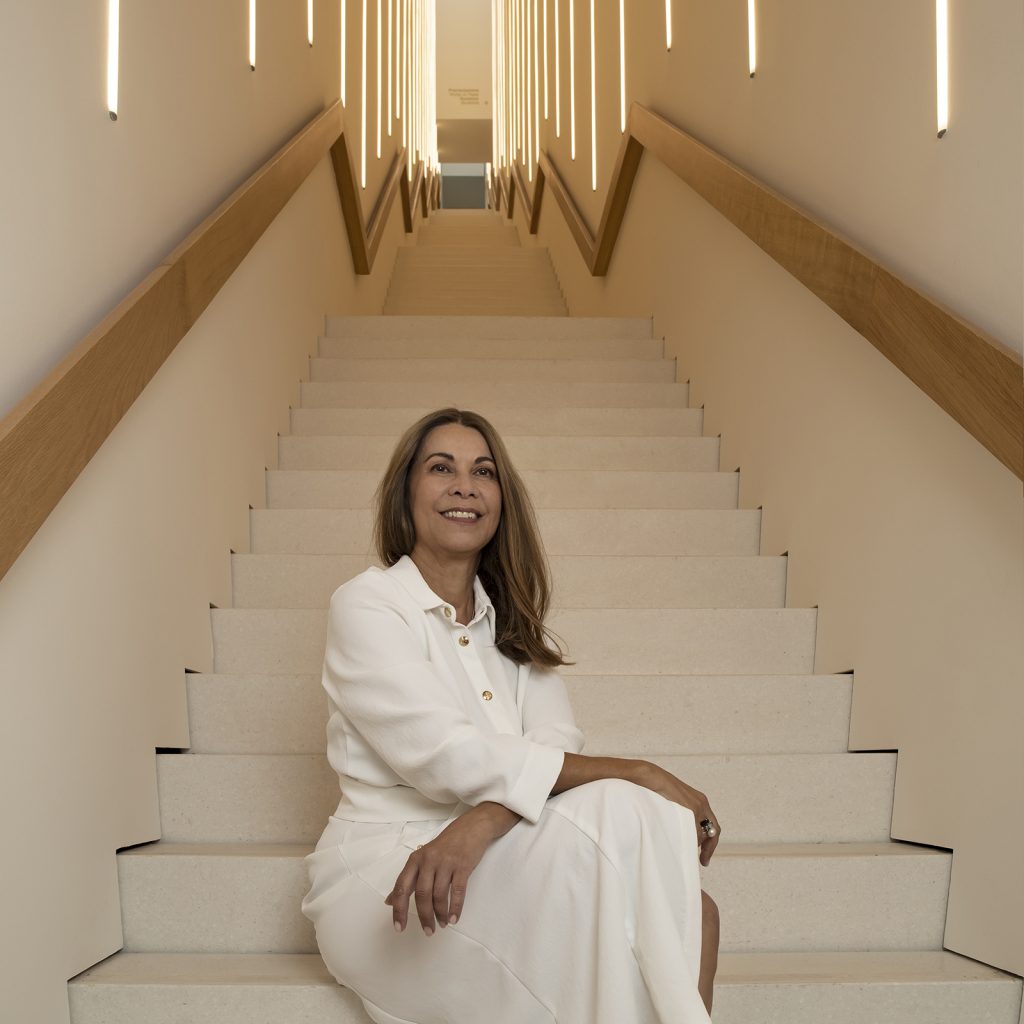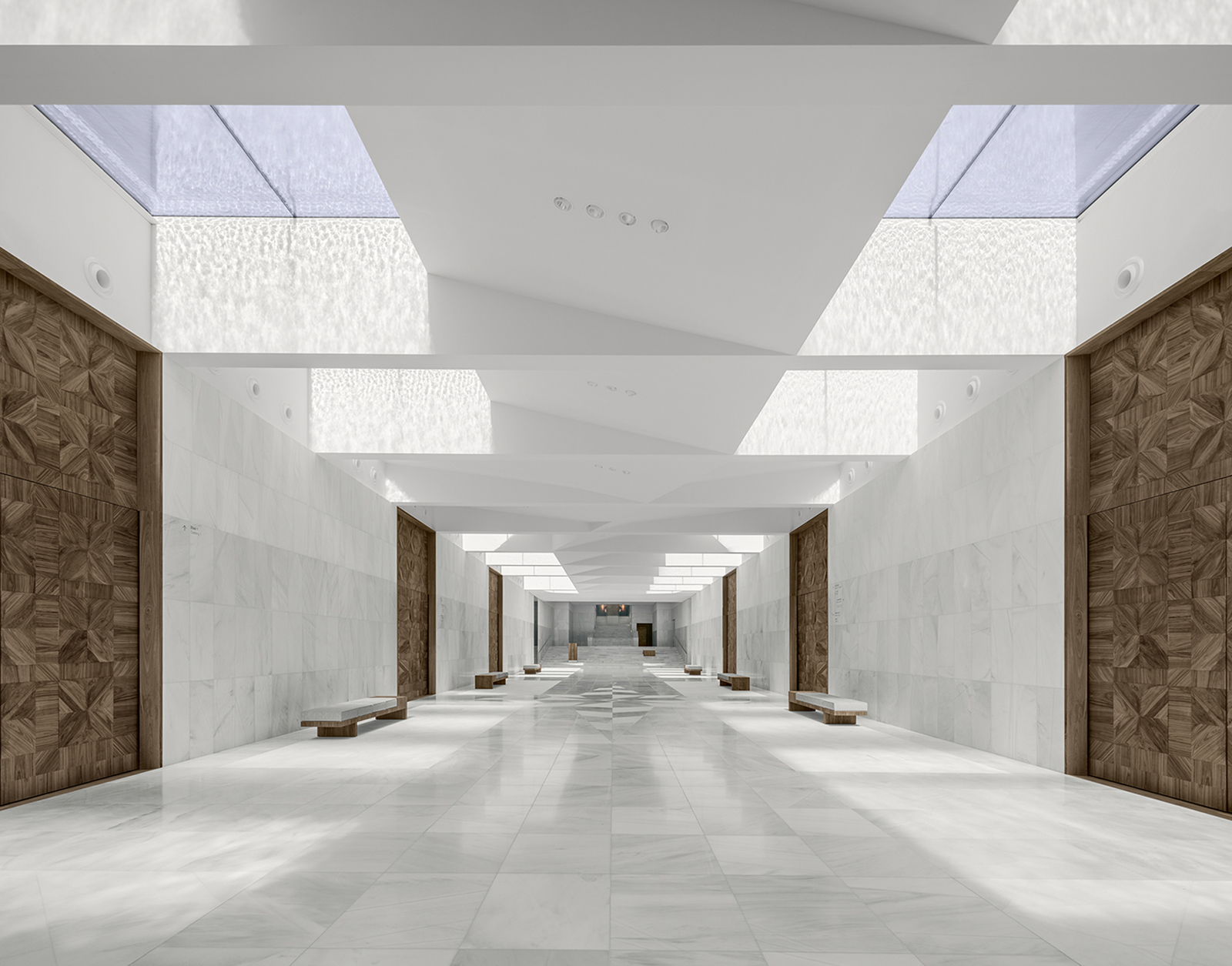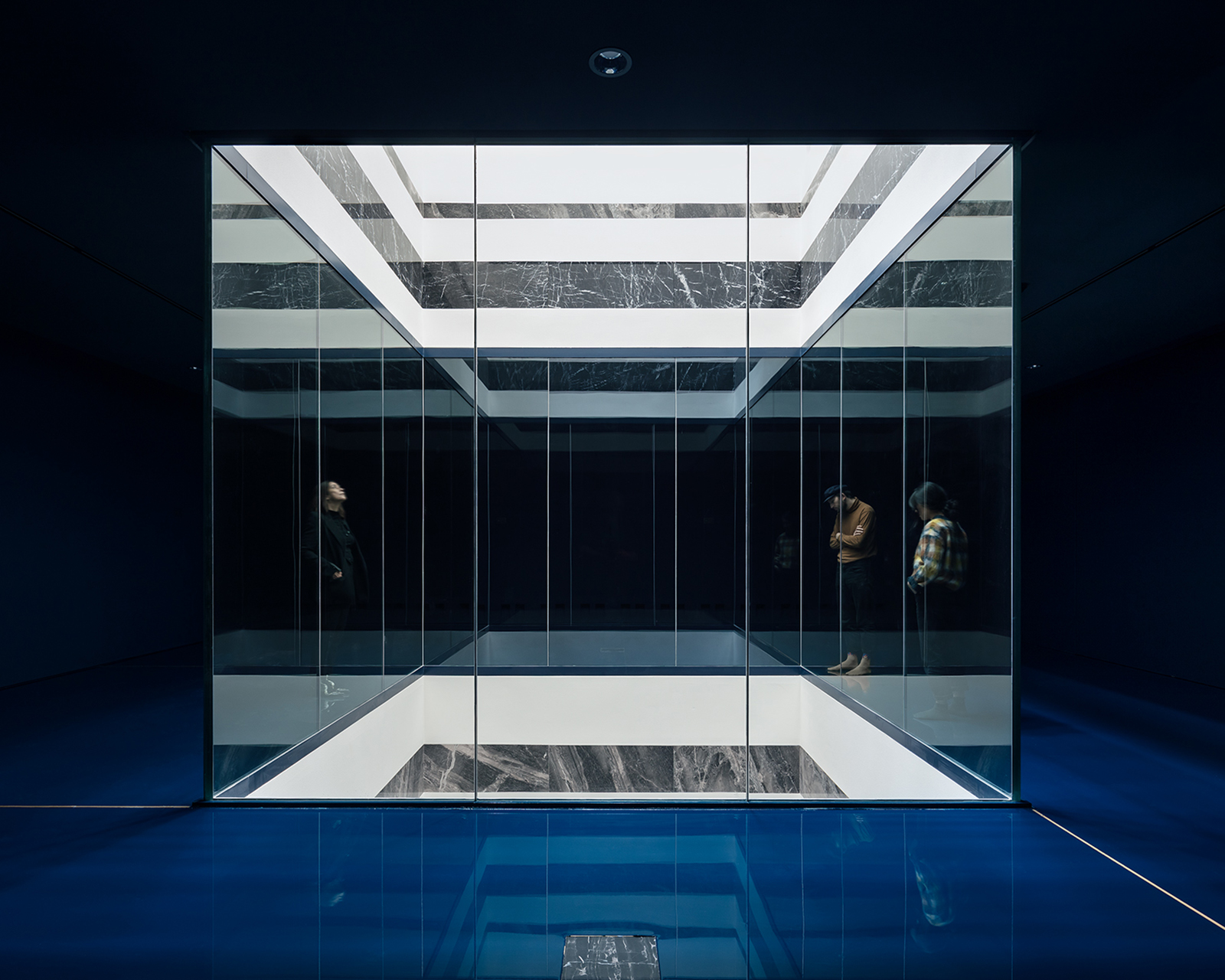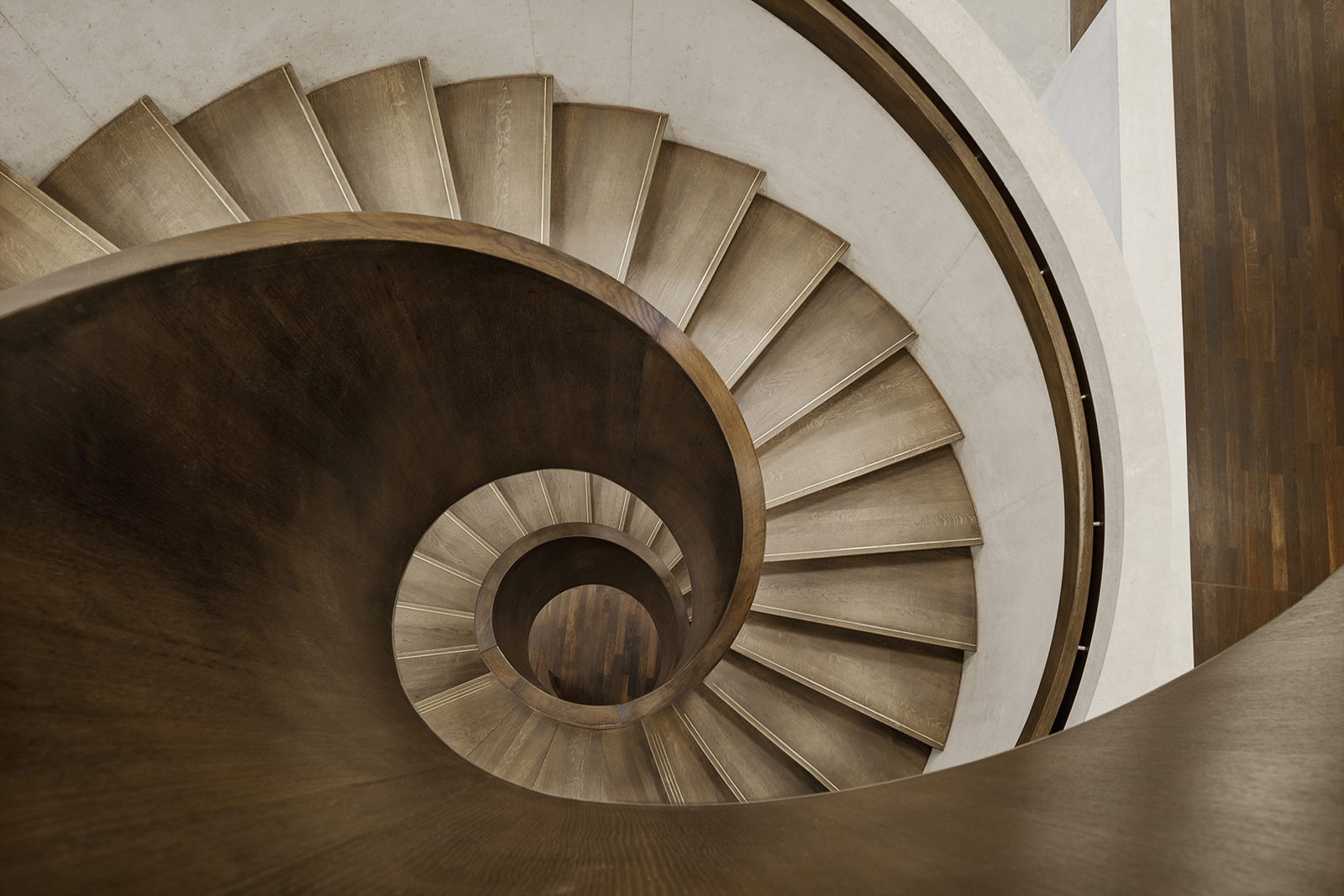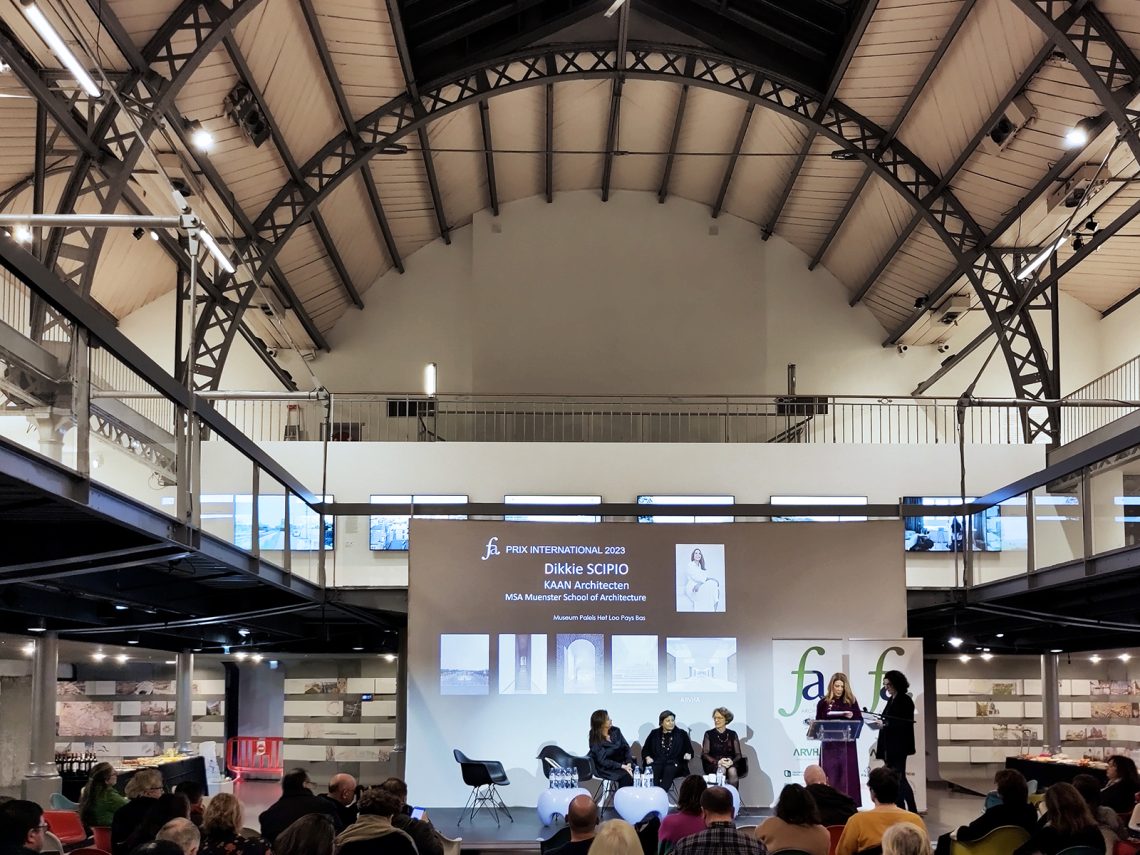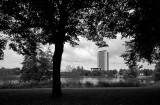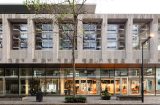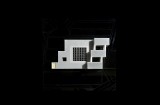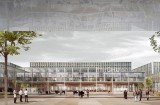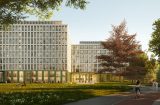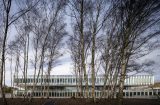21/06 2019
Listen to Change – Eyes and Ears of the City
Ahead of the 2019 Shenzhen Biennale of Urbanism\Architecture (UABB), titled "Urban Interactions", Kees Kaan joins the collective discussion on the evolving relationship between cities and technology.
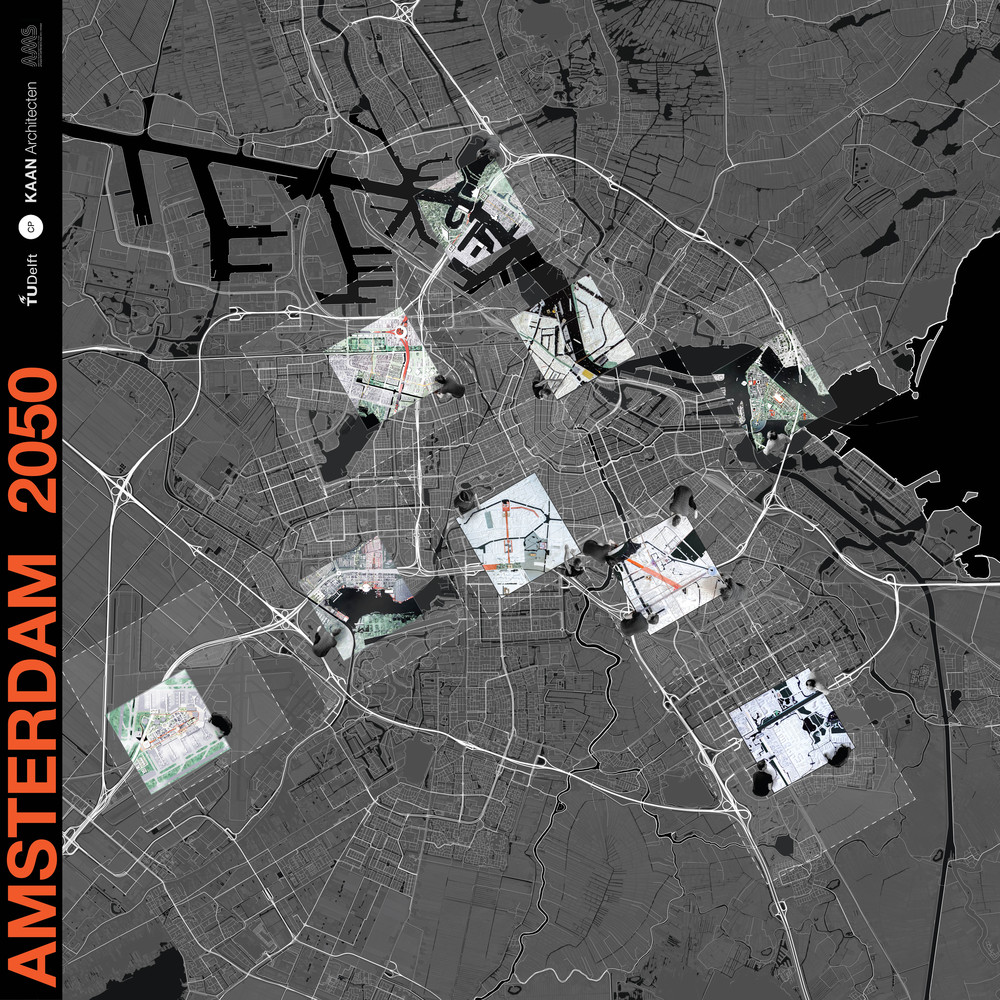
Opening in December 2019 in Shenzhen, China, UABB will feature two shows run by two independent curatorial teams. The “Eyes of the City” section, curated by MIT professor Carlo Ratti, investigates the way digital technologies and Artificial Intelligence will impact both urban life and architectural practices. In his statement as Foundational Contributor, Kees Kaan discusses what happens when the sensor-imbued city acquires the ability to see – almost as if it had eyes.
“Digital technology in the Information Age, and all its offspring, are having a significantly different effect on our lives than previous technological revolutions had. With the possibility to develop and produce in different and quicker ways, these new technologies allow us to use what we already have in a completely different manner. New technologies bear the promise of a more sustainable life.
The space that we move in will be aware of our presence and actions, and the vehicles we drive and the tools we use will be connected and communicate with us and each other directly. This opens a perspective on previously unimaginable possibilities of a different daily life coming true in the existing urban space. The future will not only be made of new buildings and spaces but will also reveal an entirely different use to what is already there.
Architects are ultimately interested in urban change caused by new ways of living and working, new infrastructure and urban facilities and different uses and management of public spaces. To be able to design for an unknown future we need to develop a proper understanding or informed intuition of this change. To predict the future based on what we know and can imagine today is hardly possible. However, it is possible to get a better understanding of what is already there and from that point onwards to identify and understand what is likely to change and what is not. Only then can we start to speculate on how to recover the future with architecture.
For planners/architects/designers, the challenge is to translate the impact of rapid changes – especially on energy, mobility, health and leisure – into planning and design questions. The question for us is: “how can the City of the Future be imagined? How can those smart innovations be introduced into the domain of architecture and urban design?”
By using Amsterdam as a living laboratory, graduate students, researchers and teachers have been exploring how these changes might affect this city. We aim to understand the structure of today’s Amsterdam, to explore possible future scenarios and to speculate on new architectural types and new ways of living in this city. By listening to the changes from the past, we foresee what is then coming.”
Find more information about the Biennale here.
